When it comes to outdoor adventures and camping, choosing the right tent is crucial. One of the factors that often concerns campers is how well a tent can stand up against the elements, especially when it comes to wind. Among the many tent options available, bell tents have gained popularity for their unique design, spaciousness, and historical charm. But can bell tents withstand wind? Let’s delve into this question and explore the wind resistance and durability of these tents.
The Ingenious Design of Bell Tents
Bell tents, with their iconic cone shape and central pole, have been used by various cultures throughout history. The design itself is a testament to its durability. The single central pole provides stability by distributing the weight of the tent evenly, helping it maintain its structure in different weather conditions, including windy environments.
Exceptional Wind Resistance
One of the standout features of bell tents is their exceptional wind resistance. The design creates a natural aerodynamic shape that allows wind to pass over the tent without creating excessive pressure points. This unique shape, coupled with the sturdy central pole and robust materials, contributes to the tent’s ability to withstand strong winds. Campers often find that bell tents perform admirably even in gusty conditions, where other tent types might struggle.
Durability in Challenging Conditions
Although its referred to as Glamping, it's not always going to be glamorous weather. Bell tents are not only designed to handle wind but are also built to withstand various weather challenges. High-quality bell tents are typically made from heavy-duty, durable materials like canvas. This thicker material not only contributes to the tent’s longevity but also adds a layer of protection against wind and other elements.
Moreover, the weight of the canvas fabric plays a pivotal role in wind resistance. The added weight helps prevent the tent from flapping excessively in the wind, reducing the likelihood of wear and tear. This feature not only enhances the tent’s durability but also ensures a more peaceful night’s sleep for campers, without the annoyance of flapping noises.
Snowfall and Added Weight
Bell tents are not only up to the task of handling wind but can also withstand the challenges posed by snowfall. The sturdy central pole and durable canvas material can bear the weight of accumulated snow, preventing collapse and damage. This resilience makes bell tents a suitable choice for winter camping or camping in areas where unexpected snowfall is possible.
Tips for Maximising Wind Resistance
While bell tents are inherently wind-resistant, there are a few tips that can help you make the most of their natural design and construction:
Proper Guy Lines - Make sure to set up your bell tent with the appropriate guy lines and stakes. These help anchor the tent securely, minimising movement in windy conditions.
Wind Direction - Position the tent’s entrance away from the prevailing wind direction. This will further reduce the impact of wind hitting the tent head-on.
Tensioning - Ensure that the canvas is properly tensioned when setting up the tent. This helps maintain the tent’s shape and stability, even during strong winds.
Regular Maintenance - Keep your bell tent clean and well-maintained. This includes checking for any signs of wear, re-sealing seams if necessary, and storing the tent properly when not in use.
In conclusion, bell tents have proven themselves to be reliable and durable options for camping in windy conditions. Their ingenious design, along with sturdy materials and construction, enables them to withstand wind, snow, and various outdoor challenges. So, if you’re considering a camping adventure in gusty environments, a bell tent might just be the perfect shelter to keep you comfortable and secure amidst nature’s elements.
If you have any other questions regarding Bell Tents or Glamping, be sure to reach out to us and we'd love to help.



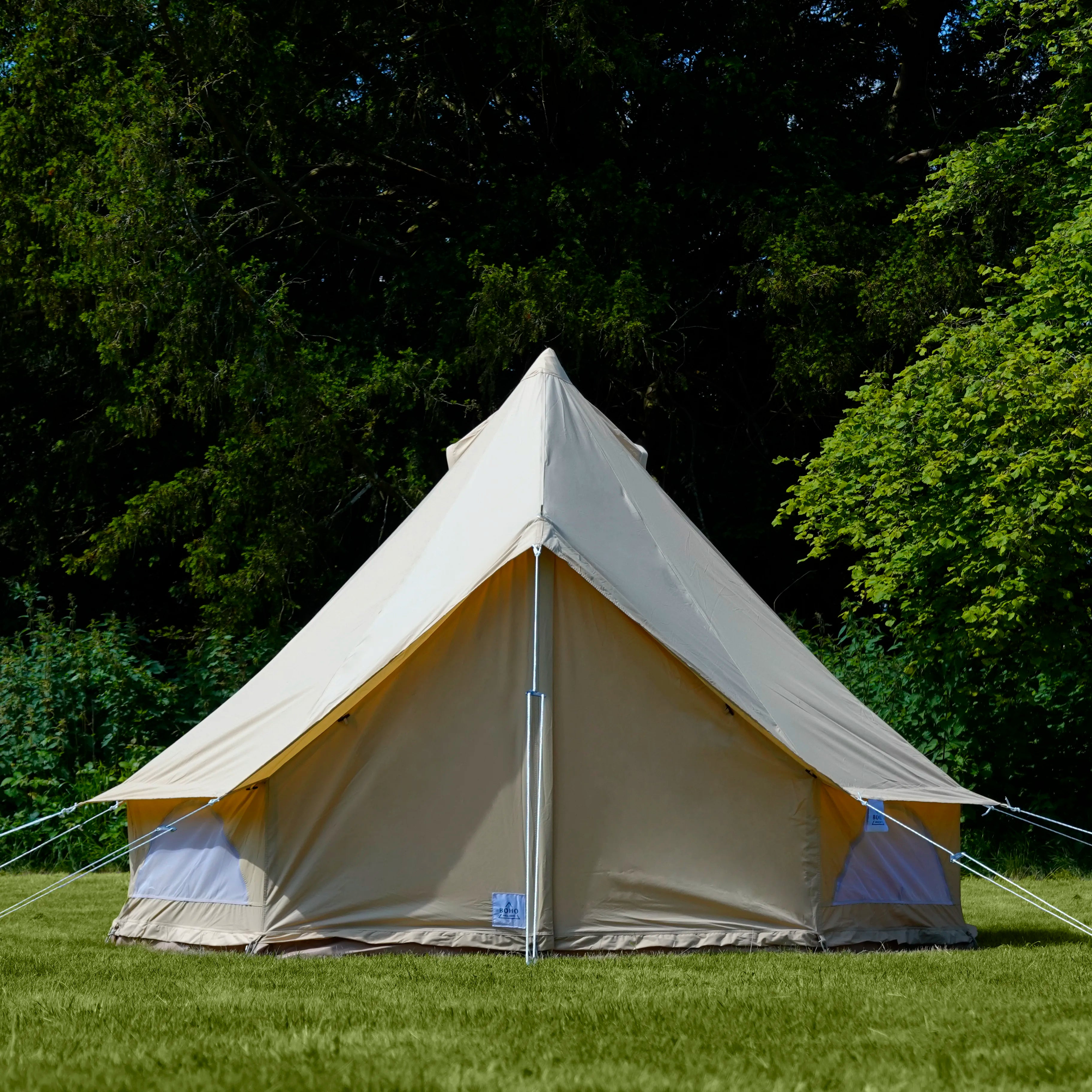


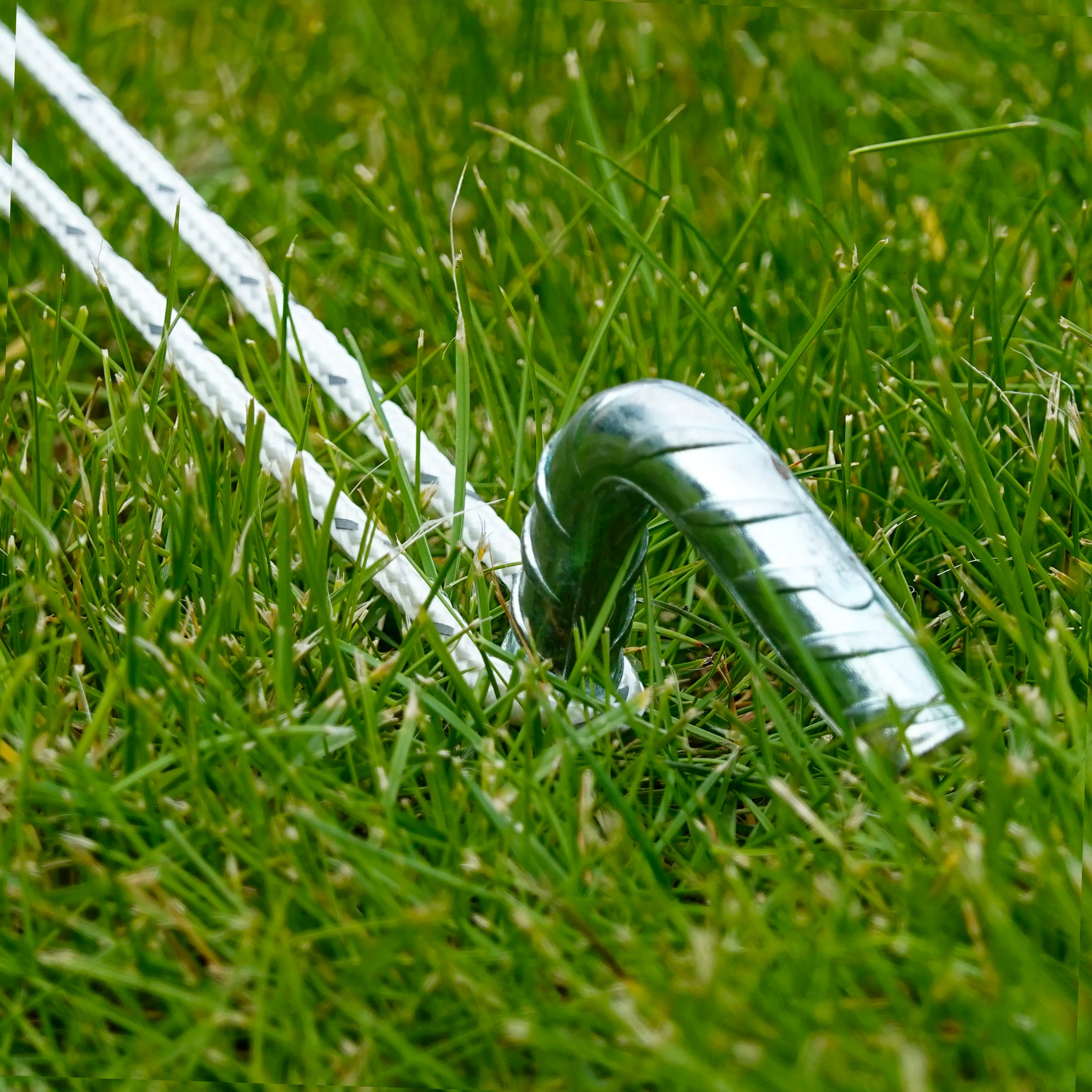
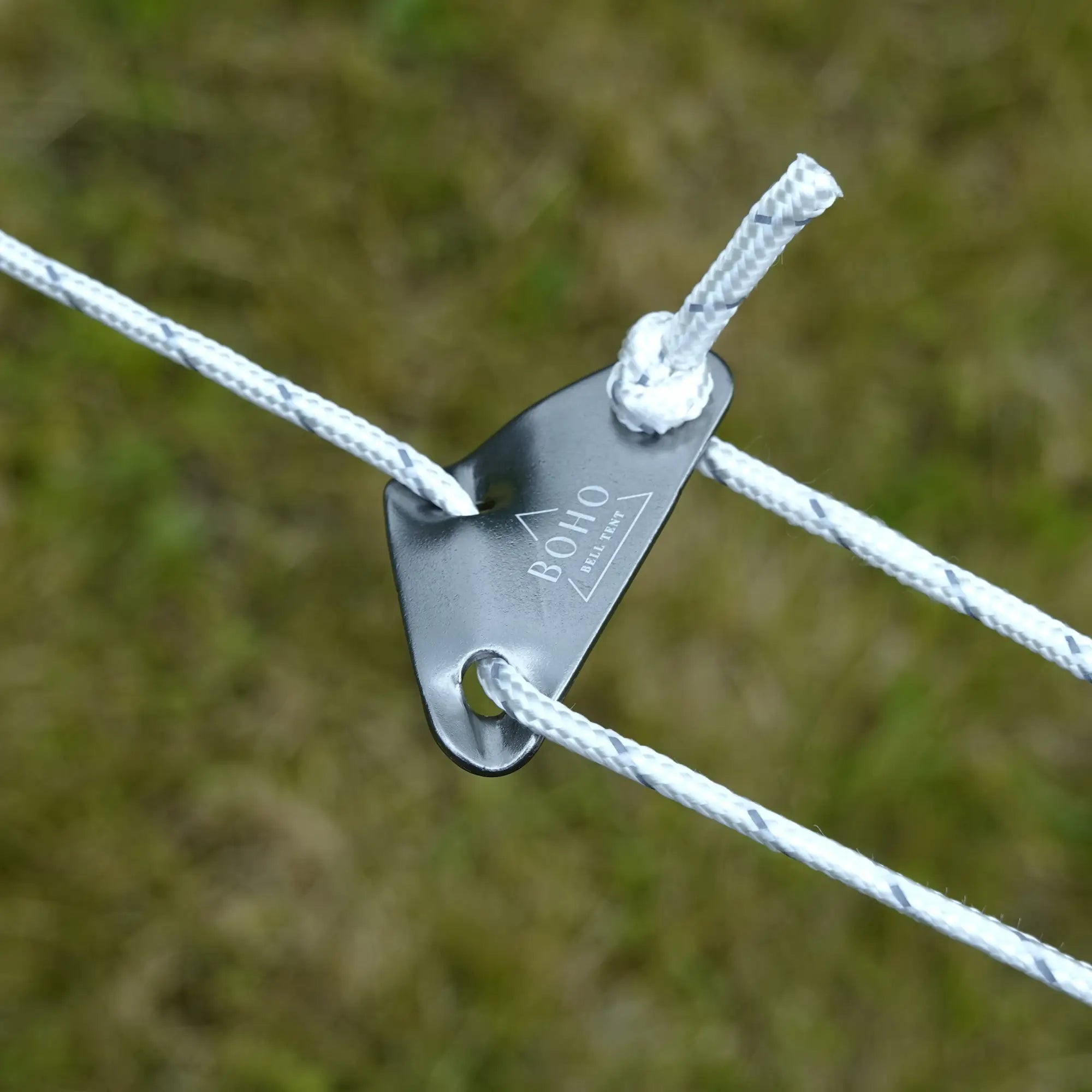
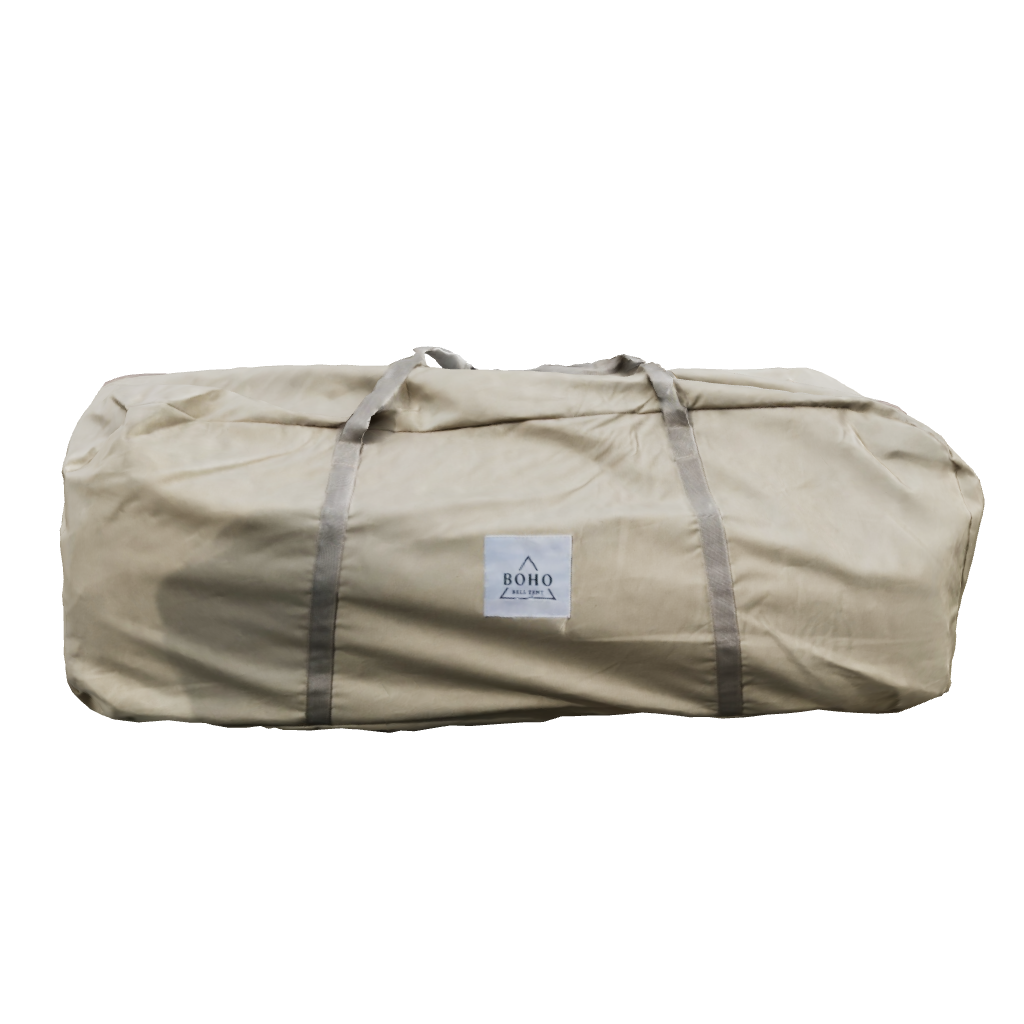




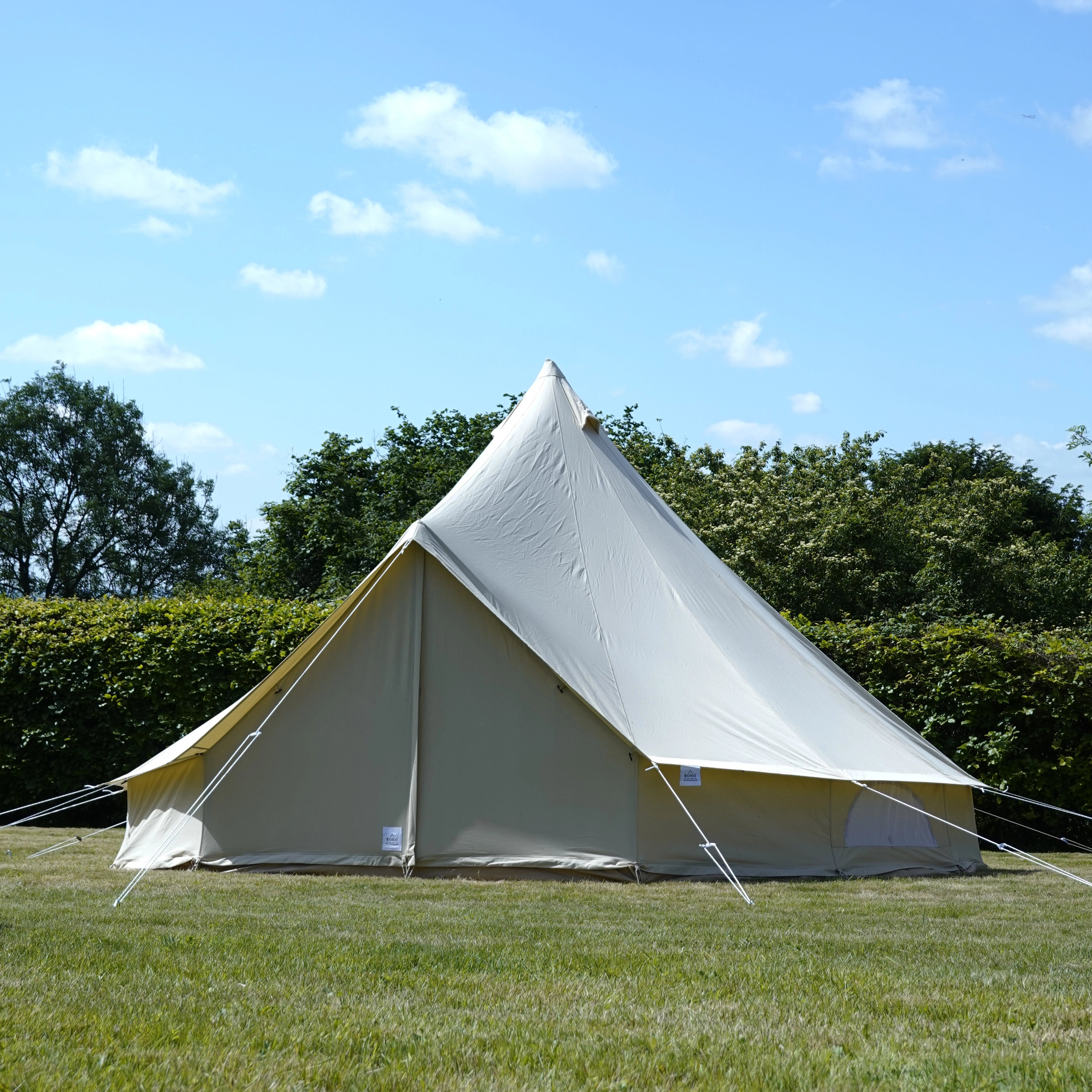

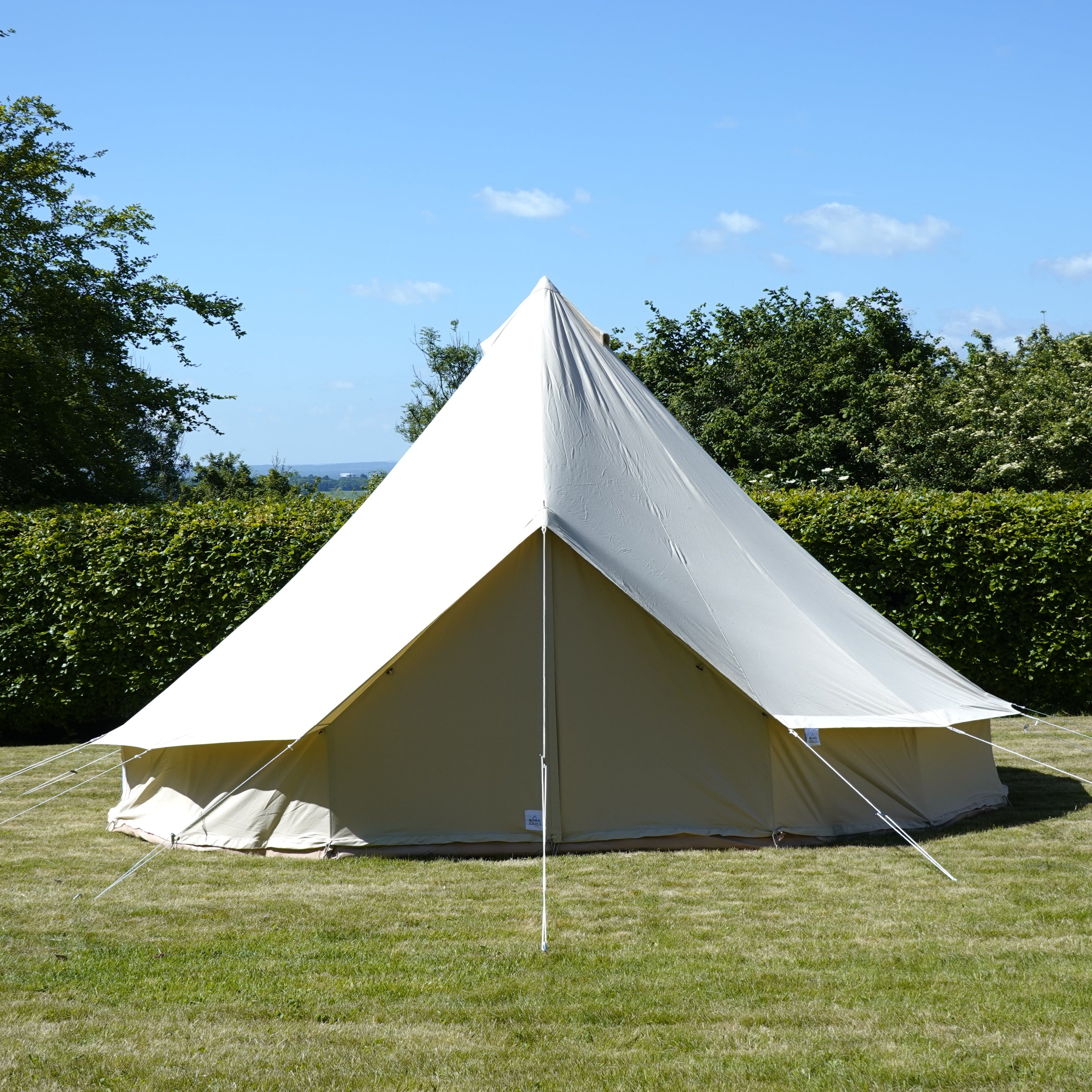
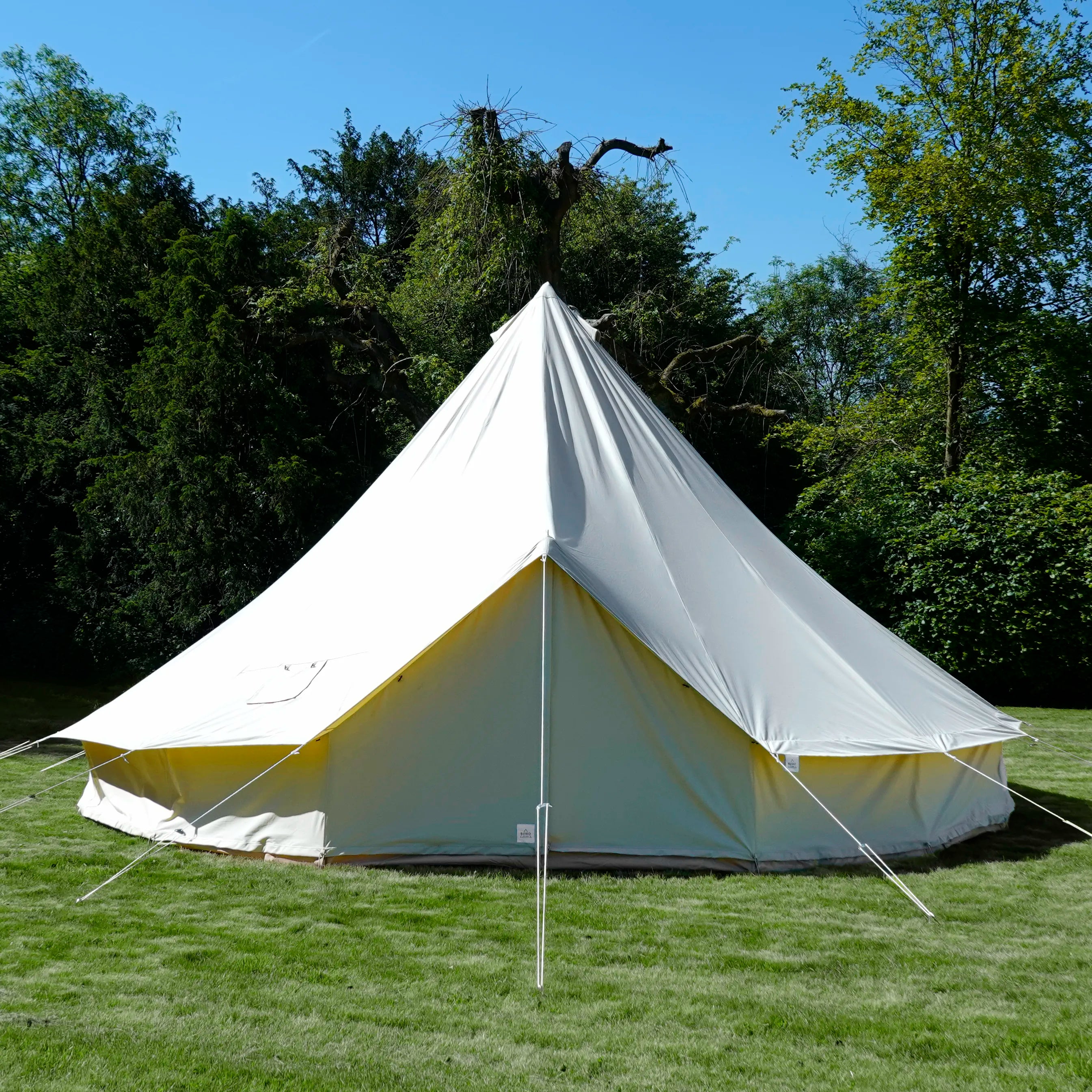

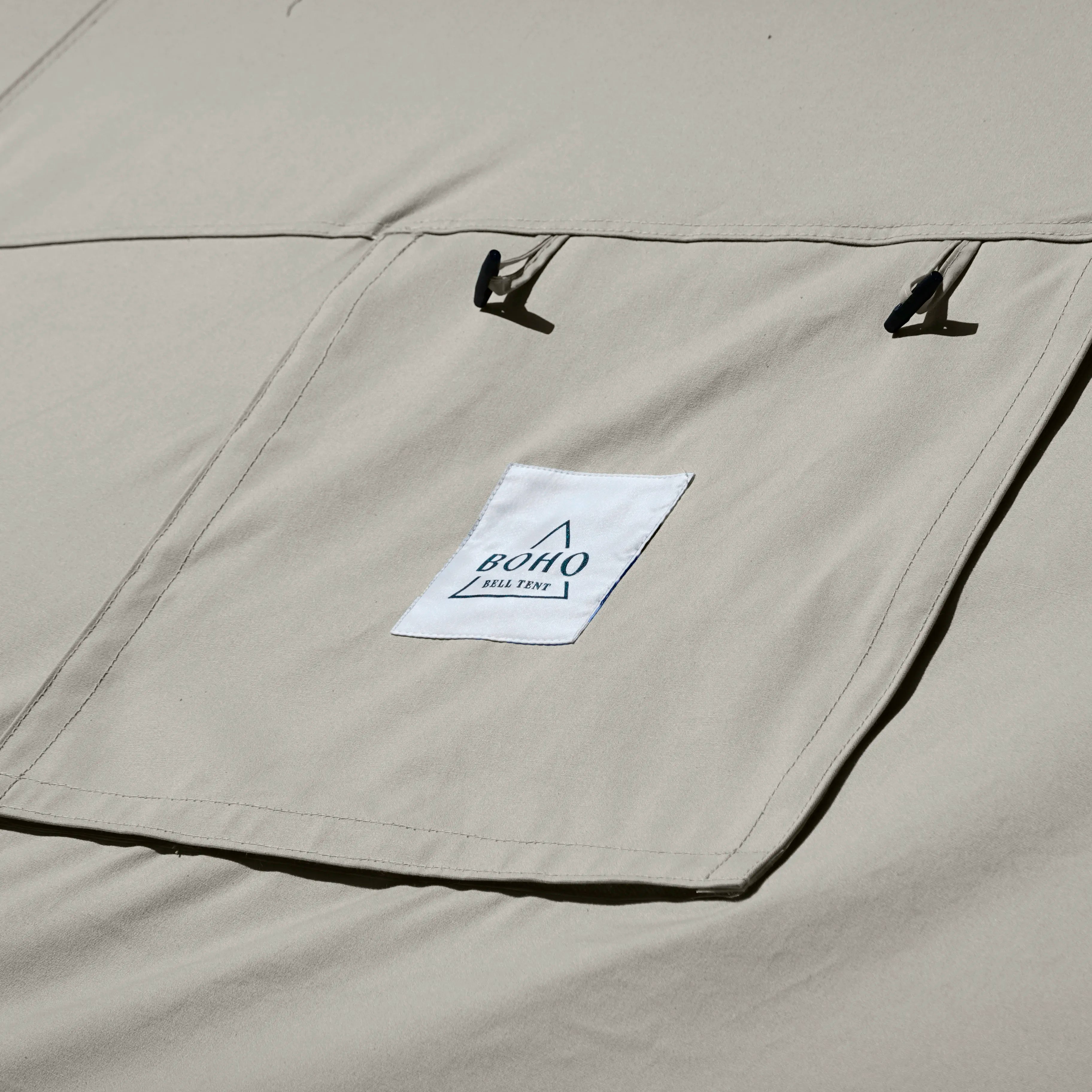
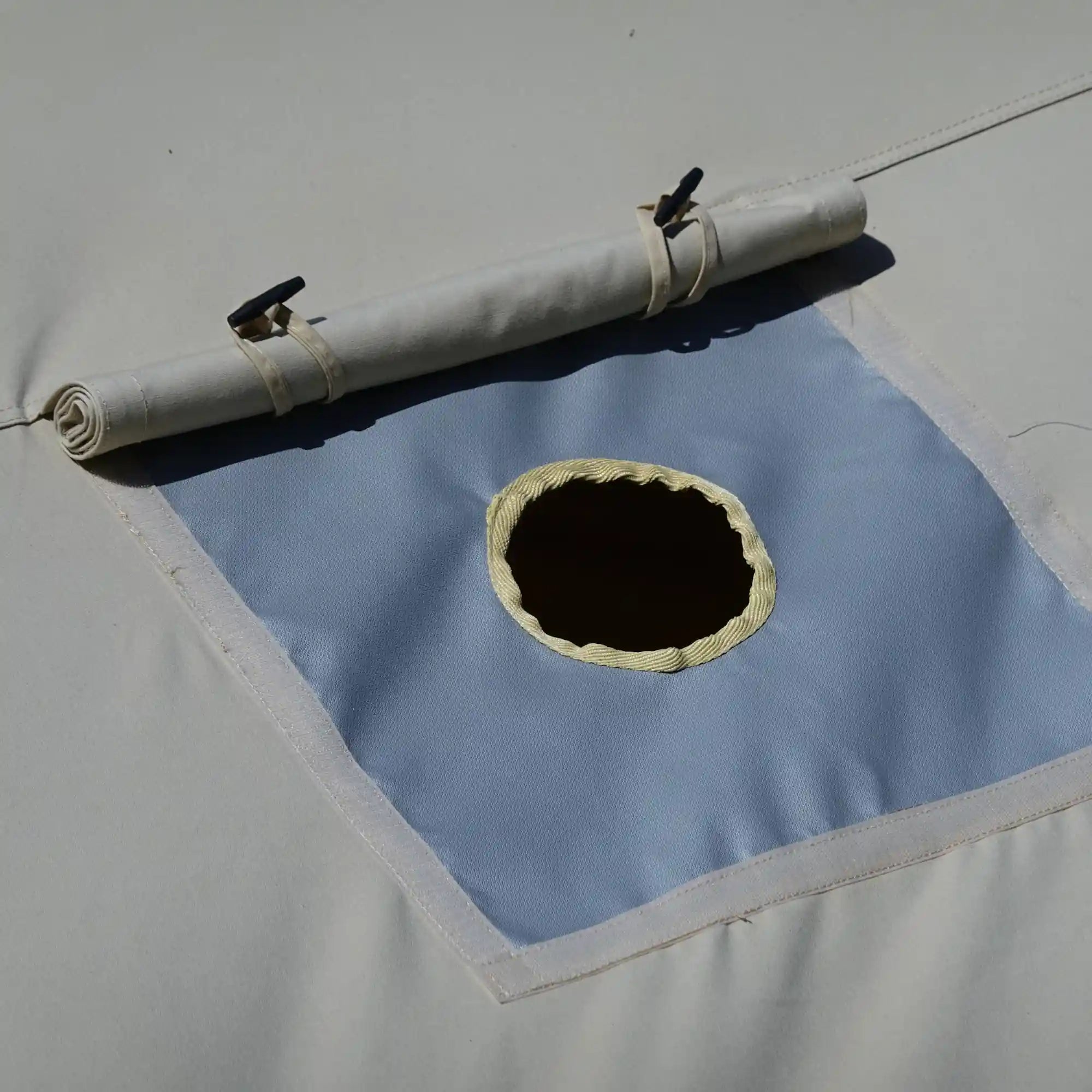
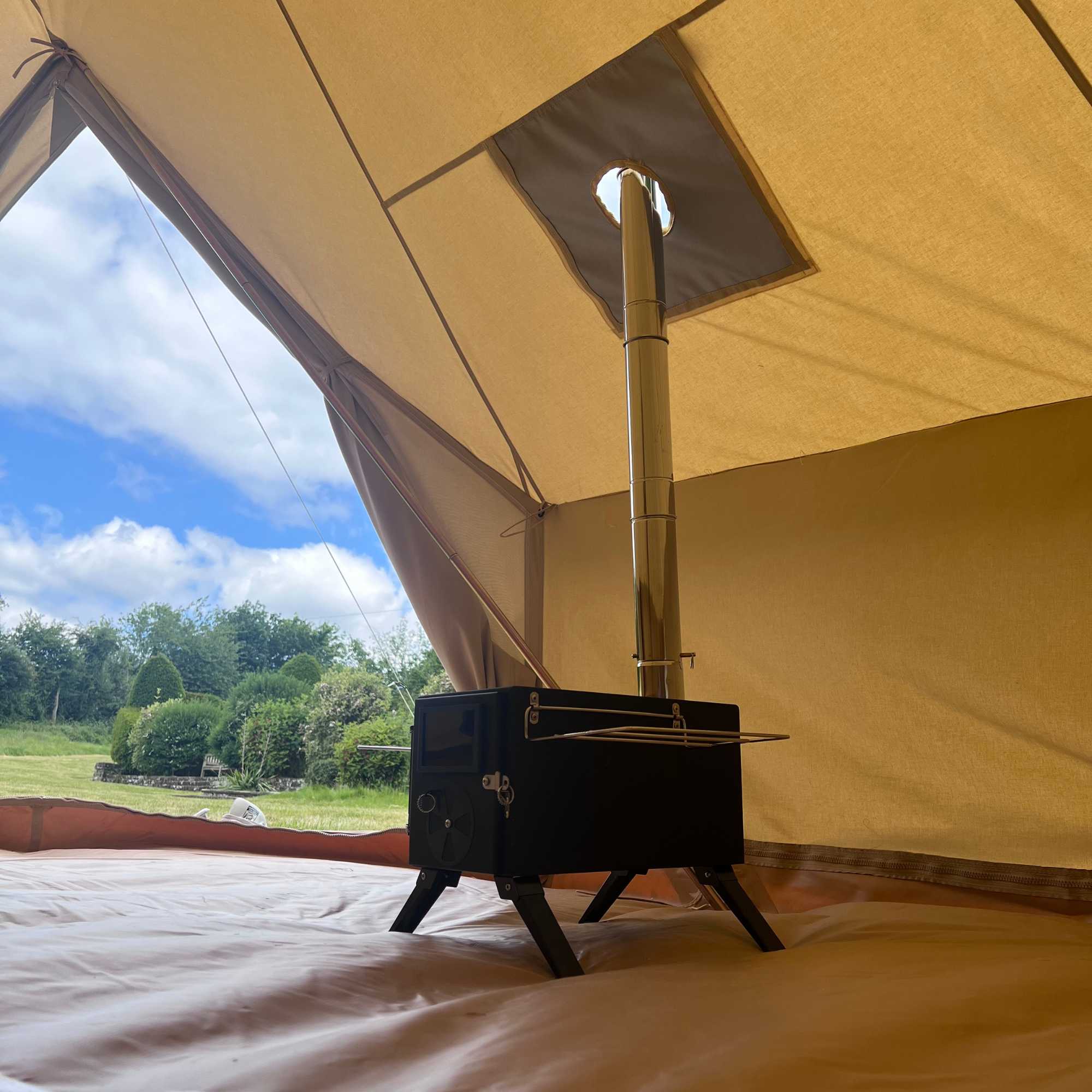

Share:
How Many Can Sleep in a 5m Bell Tent?
Can You Clean Mould off Bell Tents?